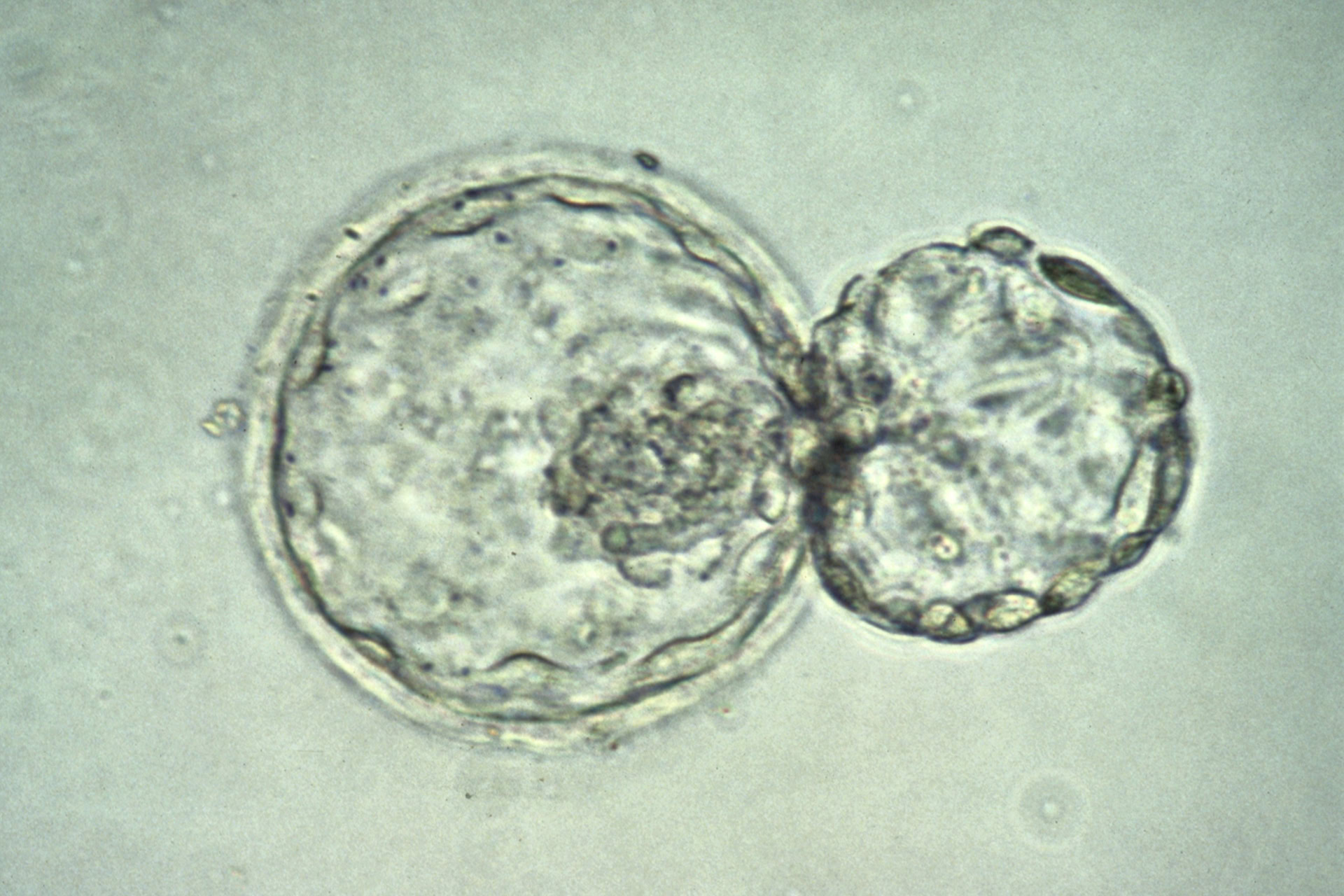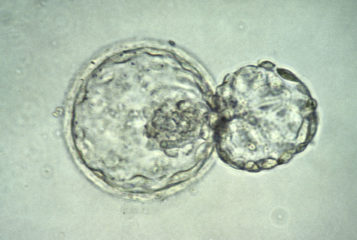Nerve cells that react to pain and cold in the same way as neurons in the body have been formed in the lab, scientists report.
The neurons responded to capsaicin - the chemical in chillis that makes them taste 'hot' - and menthol, which simulates coldness. Their reaction to temperature and pain matched those of the relevant neurons from mice. The scientists say their findings could help understand why some people become hypersensitive to pain or become itchy as a side-effect of anti-malarial drugs, and develop treatments to ease more chronic pain, such as that caused by chemotherapy.
'We can start to understand how individuals respond uniquely to pain, cold, itch and so on,' said co-lead author Joel Blanchard, from the Scripps Research Institute.
The researchers converted human skin cells into induced pluripotent stem cells before adding transcription factors that caused them to become dorsal root ganglia cells. These cells detect touch, pain, and itching, sending signals to the spinal cord and brain.
'We hope that these induced sensory neurons will allow our group and others to identify new compounds that block pain and itch and to better understand and treat neurodegenerative disease and spinal cord injury,' said study author Dr Kristin Baldwin.
A similar approach to forming these cells was published in the same issue of Nature Neuroscience. The other team, based at Harvard Stem Cell Institute (HSCI), had previously tried to generate these neurons from embryonic stem cells. When this turned out to be like 'hitting our head against a brick wall', they began to investigate the transcription factors that would be required to form these cells from induced pluripotent stem cells.
They believe this will better allow them to study people who suffer from chronic pain and perhaps develop better painkillers in the longer term. 'Our failure with embryonic stem cells led us to work with adult tissue samples, making the technology much more clinically relevant since these are easy to collect from patients suffering from different kinds of pain,' said Professor Clifford Woolf from HSCI.
Sources and References
-
Selective conversion of fibroblasts into peripheral sensory neurons
-
Modeling pain in vitro using nociceptor neurons reprogrammed from fibroblasts
-
Creating pain-sensing neurons
-
Pain and itch in a dish
-
Pain and itch neurons grown in a dish
-
Scientists create 'pain in a dish': Nerve cells 'grown' in a lab could reveal more about how injury affects the body






Leave a Reply
You must be logged in to post a comment.